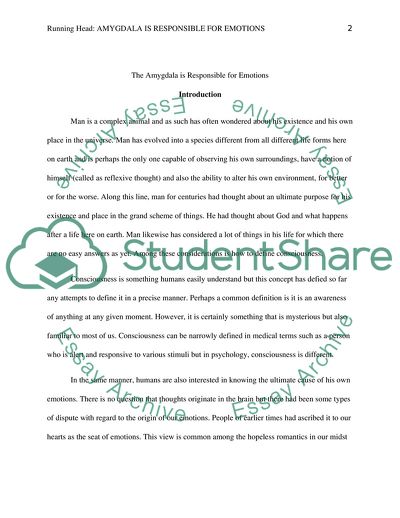Cite this document
(The Amygdala is Responsible for Emotions Case Study - 1, n.d.)
The Amygdala is Responsible for Emotions Case Study - 1. https://studentshare.org/psychology/1749713-the-amygdala-is-responsible-for-emotions-discuss
The Amygdala is Responsible for Emotions Case Study - 1. https://studentshare.org/psychology/1749713-the-amygdala-is-responsible-for-emotions-discuss
(The Amygdala Is Responsible for Emotions Case Study - 1)
The Amygdala Is Responsible for Emotions Case Study - 1. https://studentshare.org/psychology/1749713-the-amygdala-is-responsible-for-emotions-discuss.
The Amygdala Is Responsible for Emotions Case Study - 1. https://studentshare.org/psychology/1749713-the-amygdala-is-responsible-for-emotions-discuss.
“The Amygdala Is Responsible for Emotions Case Study - 1”. https://studentshare.org/psychology/1749713-the-amygdala-is-responsible-for-emotions-discuss.


